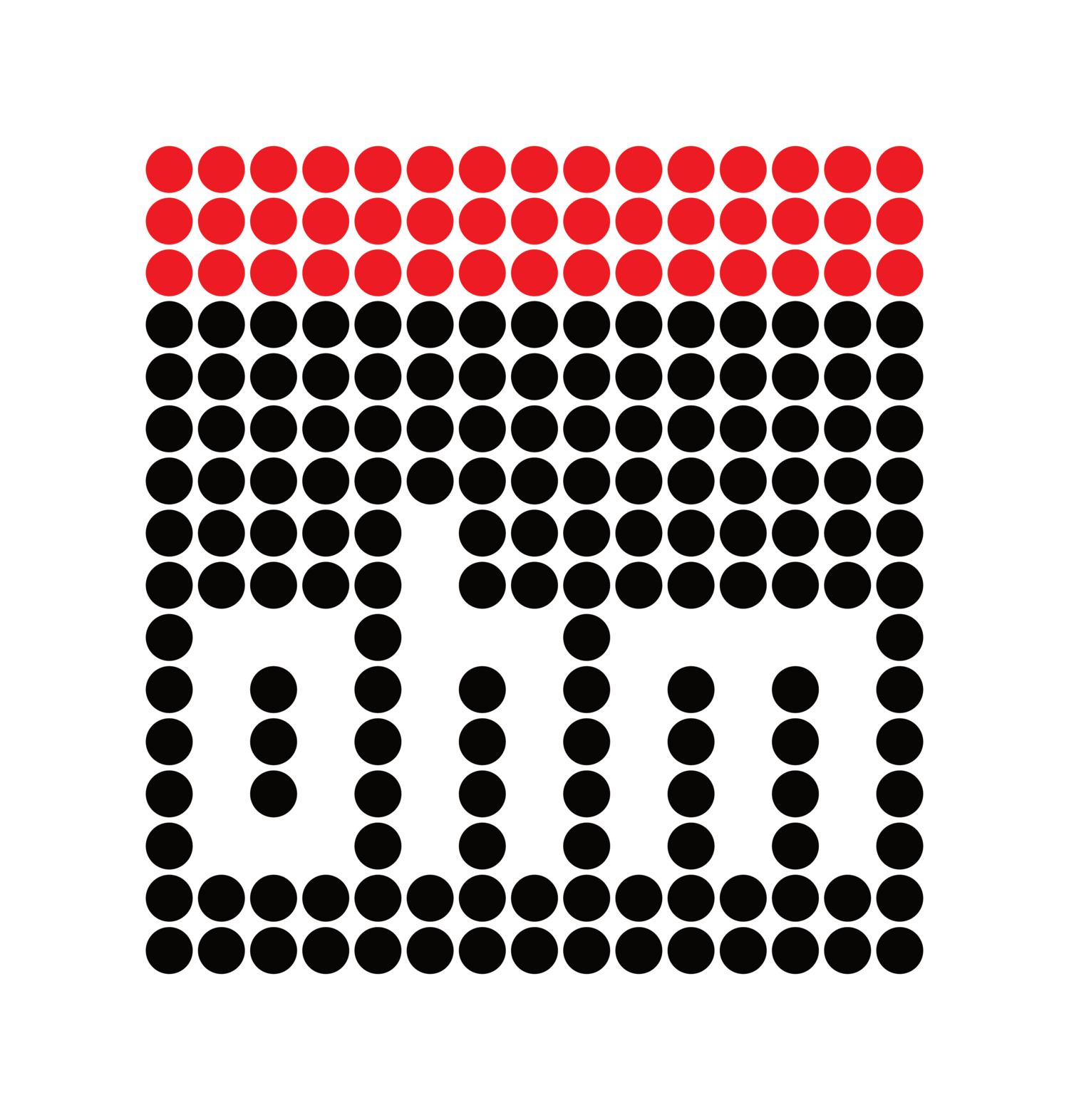Fuji's sexy new X-M1 may be turning heads because of its size, hinged rear EVF, scene modes, return of minimum shutter speed in auto ISO mode, and deletion of an eye-level finder, but what's turning Ω's head round round right round, is the filling in of the threaded shutter release hole.
And what will fill the lacuna left by that bit of industry standard? Why, the rather expensive RR-90 electronic shutter release, of course! I mean, what better way to obviate an ergonomically sound, but profitless standard that's been used for decades and decades? Proprietary tech, of course!
Pointless internet lampooning aside, electronic shutter release do have a number of advantages, but in an entry-level camera like the X-M1, I don't see how they even count.

